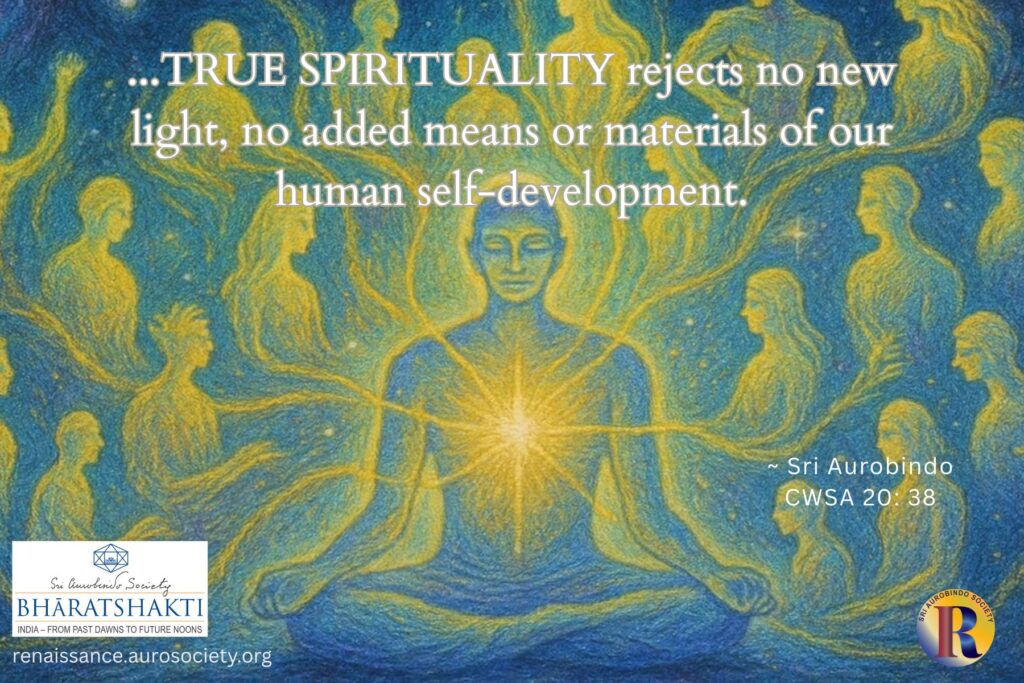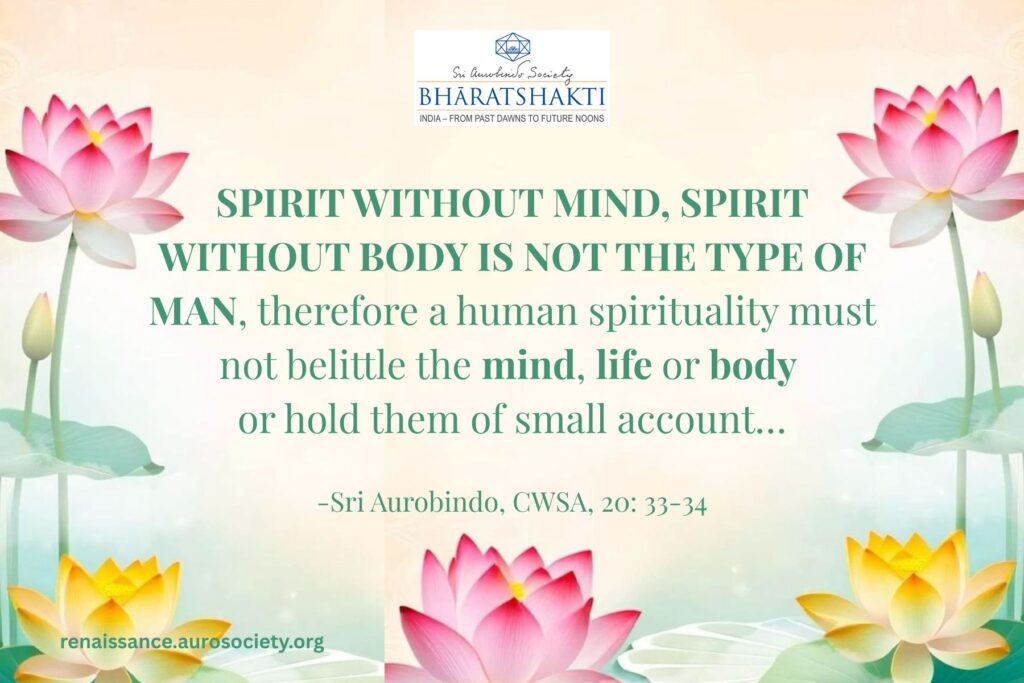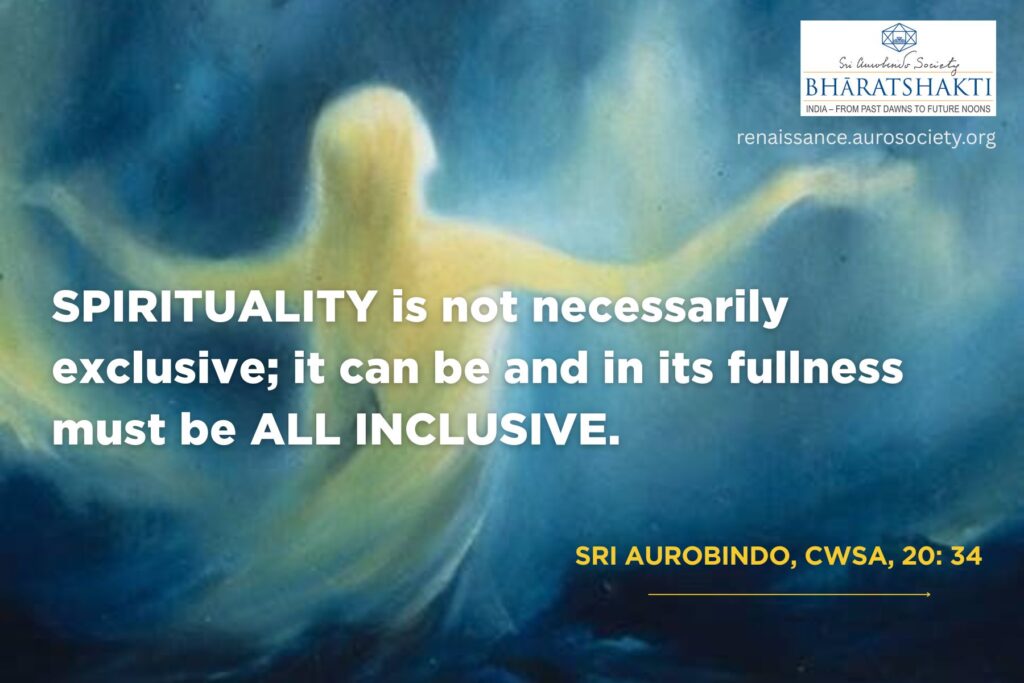Volume V, Issue 9
Author: Nolini Kanta Gupta
Editor’s Note: There is no one standard of beauty. It is equally true that there is a state of consciousness in which everything has its beauty. To an artist’s vision, something that is outwardly quite plain, even ugly, sordid or repellent can become an opportunity to bring out its innate beauty —through the word, line or colour, through the sculptured shape. But does this mean that there is a place for ugliness in art?
At a certain elementary stage of one’s aesthetic development, the ideas of what is beautiful and the what is good or decent may also get interconnected. That which is conventionally or customarily or socially acceptable is confused with beautiful, the rest is deemed to be obscene and hence to be cut off from the artistic and aesthetic experience. This may lead to puritanism and even an anti-aesthetic cultural tendencies.
In this regard, let us recall Sri Aurobindo’s words that the progress of ethics in Europe or West has been largely a “struggle between the Greek sense of aesthetic beauty and the Christian sense of a higher good marred on the one side by formalism, on the other by an unlovely asceticism.” The good has been associated with virtue which largely drove out the sense of beauty to the side of vice.
In India, on the other hand, the ideal of satyam shivam sundaram has guided the development of aesthetics and artistic creativity. And so, it is understood that the good must not be subordinated to the aesthetic sense. Rather it must be beautiful and delightful, or to that extent it ceases to be good.
Nolini Kanta Gupta addresses some of these issues and a few more in this essay. He gives several examples to help us understand the argument. In the later part of this essay we also find a helpful explanation for something Sri Aurobindo once told a disciple. For the perfect creation of beauty, Sri Aurobindo said that three elements are needed. These are: the fundamental element of beauty which is present in everything, the pervading quality or guna, and the expression or form.
We have excerpted this essay from Collected Works of Nolini Kanta Gupta, Volume 7, pp. 143-146.
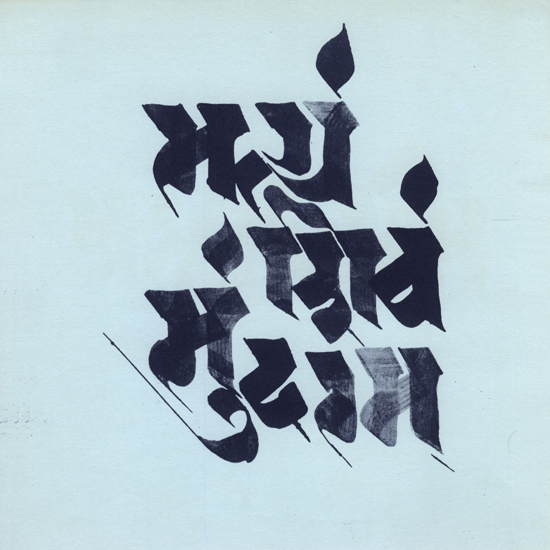

Also read:
Conversations with Sri Aurobindo on Art and Beauty
Obscenity has its place in art, but not ugliness.
Obscenity and ugliness are not the same, nor are decency and beauty.
To maintain and hide the brute in man is a characteristic feature of the civilised world, and this is what is called decency. And to expose this brute nature to daylight is obscenity.
Is there any necessity or usefulness at all in exhibiting the brute nature in any sphere of a civilised society?
Brute truth may be admitted in the world of scientific research. But the question arises whether an artist also has the same privilege. From the standpoint of the creation of beauty what purpose can obscenity serve?
Is it not mere idle talk to speak of exposing the brute nature to public view? For there have been different opinions in different times and climes as to what constitutes exposing the brute nature.
Decency is that which conforms to social rules and customs, and that means decorum in conduct. And it is natural that there should be difference in social usages in different societies and in different ages. Decency and indecency are but relative terms, they have no absolute value.
An artist may be charged with obscenity when he violates the prevalent standard of good taste in a society. But that need not detract in the least from the value of the beauty he creates.
A decent thing may be civil and correct, but not necessarily beautiful.
The puritans lay great stress on civility, decency and good conduct. But, on that account, it cannot be said that they are endowed with a great sense of beauty as well. History testifies otherwise. Puritan England is a glaring proof how even decency can be an embodiment of ugliness.
And the pen of Kalidasa gloriously proves that obscene things are not always bound to be ugly. When does the obscene happen to become ugly? On coming down to a particular stage of nakedness? It does not seem to be so. The obscene may have an inseparable relation with nakedness, but surely not with ugliness. Even extreme nakedness may turn out to be supremely beautiful, owing to the attitude of the observer, by virtue of the delicate touch of the artist’s brush.
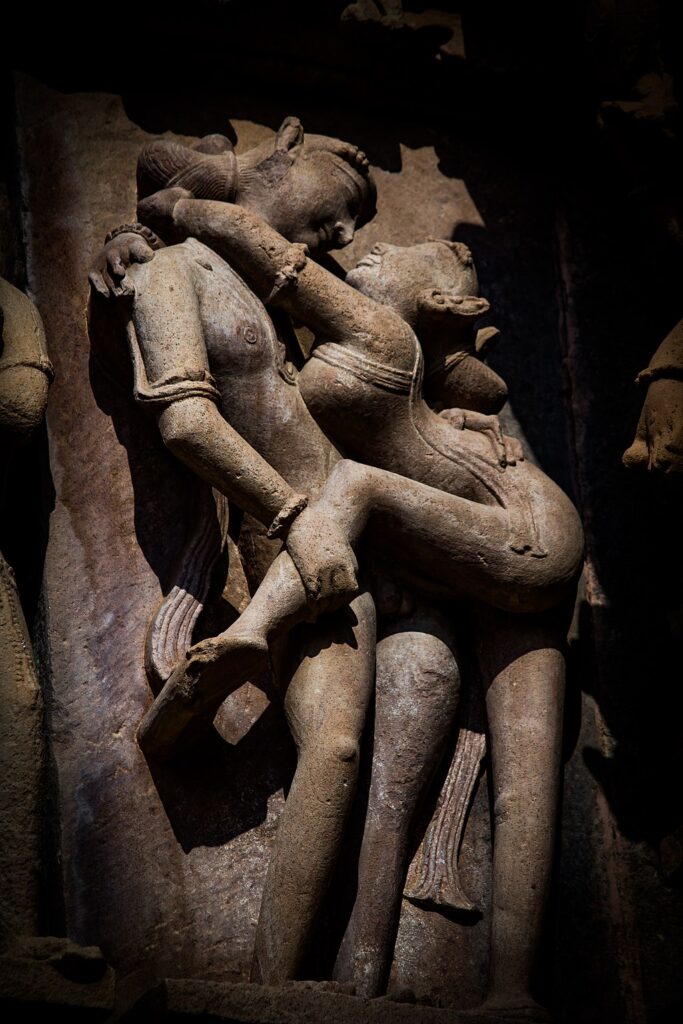
On the other hand, the decent appears ugly when one identifies it with untouchability; that is to say, it is so to an acute moral sense, to a profession of good taste, to prudishness; in other words, when we do not give a thing its innate, its soul value, when we fail to appreciate its proper nature and function in the universal play, but sever it from its setting in the whole and assign a false value to it, sometimes too much, sometimes too little. A thing begins, on the contrary, to grow beautiful when it imbibes a universal rhythm, wears the supremely blissful smile of creation.
In the bosom of Nature everything is beautiful. The ugly is only that which is artificial and perverse.
The decent is ugly when it is merely an outward show of purity without reflecting any inner truth. Indeed often in an inordinate attempt to protect the body from exposure, decency amounts almost to indecency.
Ugliness comes into being only when we endeavour to exhibit something, be it decent or indecent, as a truth which is not realised as such in the conscious bliss of the heart.
O artist, have you realised the bliss with which the Divine has filled the ugly and the filthy to the brim? If so, then you have acquired the philosopher’s stone which transforms even the ugly into the beautiful.
When Duhshasana, the second Kaurava, unrobed Draupadi, it must have been something indecent to look at. But when Sri Krishna robbed the bathing gopi girls of their clothes, it was supremely beautiful.
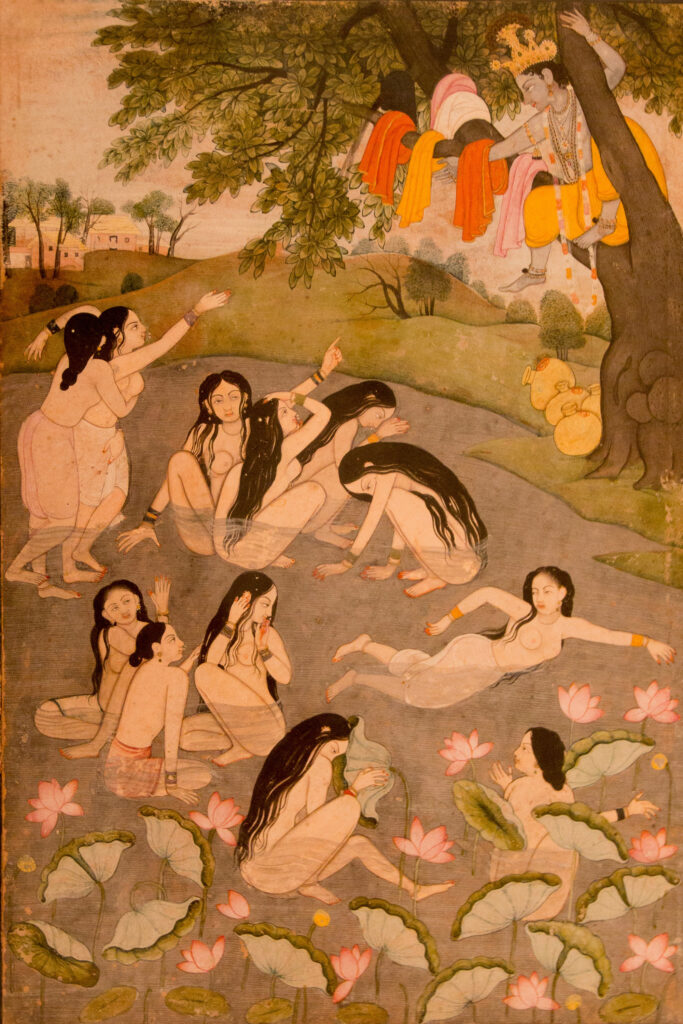
Gopis demanding their clothes from Krishna
Pahari style of Kangra school, circa 1800 AD
source: wikicommons
The poet says, “Add the Divine to what is ugly and you will find the supremely beautiful. When you tied God to the gallows, the gallows became the Cross.” *
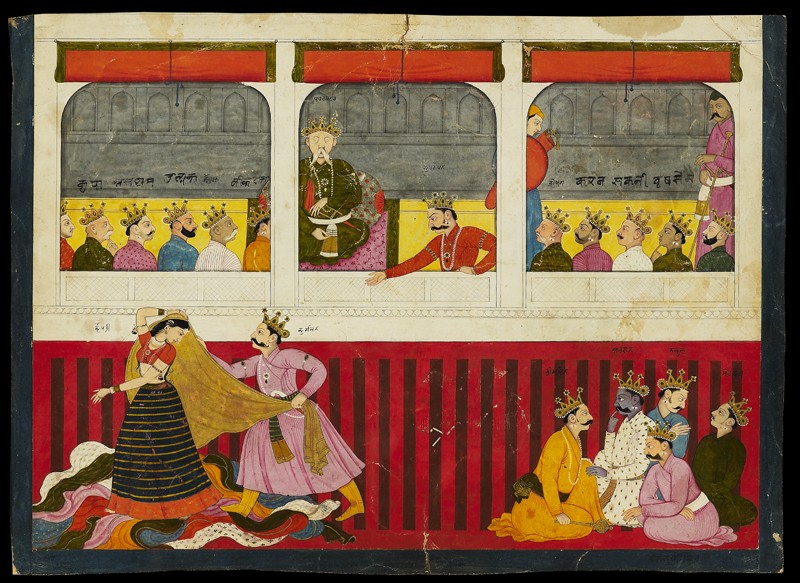
source: wikicommons
There are two varieties of beauty: beauty of essence – the sap of truth – and beauty of form.
Youth is beautiful, for it is handsome. Old age too has a beauty of its own, because it is the expression of a ripe and mellow experience, a long view and a large detachment.
The beauty of the heavens consists in the beauty of form. The Rig Veda says: “The supreme Poet used his poetic genius and created the beautiful forms in heaven.” But the earth has another delight to give – delight itself. “Of all elements the earth is essentially full of delight,” so says the Brihadaranyaka Upanishad.
A smile radiates the beauty of form. A deeper emotion makes tears more beautiful. Happiness is limned by the beauty of form, while sorrow is carved by the depth of the feeling.
We appreciate a comedy through the play of a formal beauty and a tragedy through the poignancy of an emotional substance. Ariel was handsome, hence beautiful. Caliban was high-serious, vibrant with an essential sap of Truth. Sakuntala appeals to our heart, for she was an embodiment of beauty. We can appreciate Lady Macbeth for the intensity of her sombre soul.
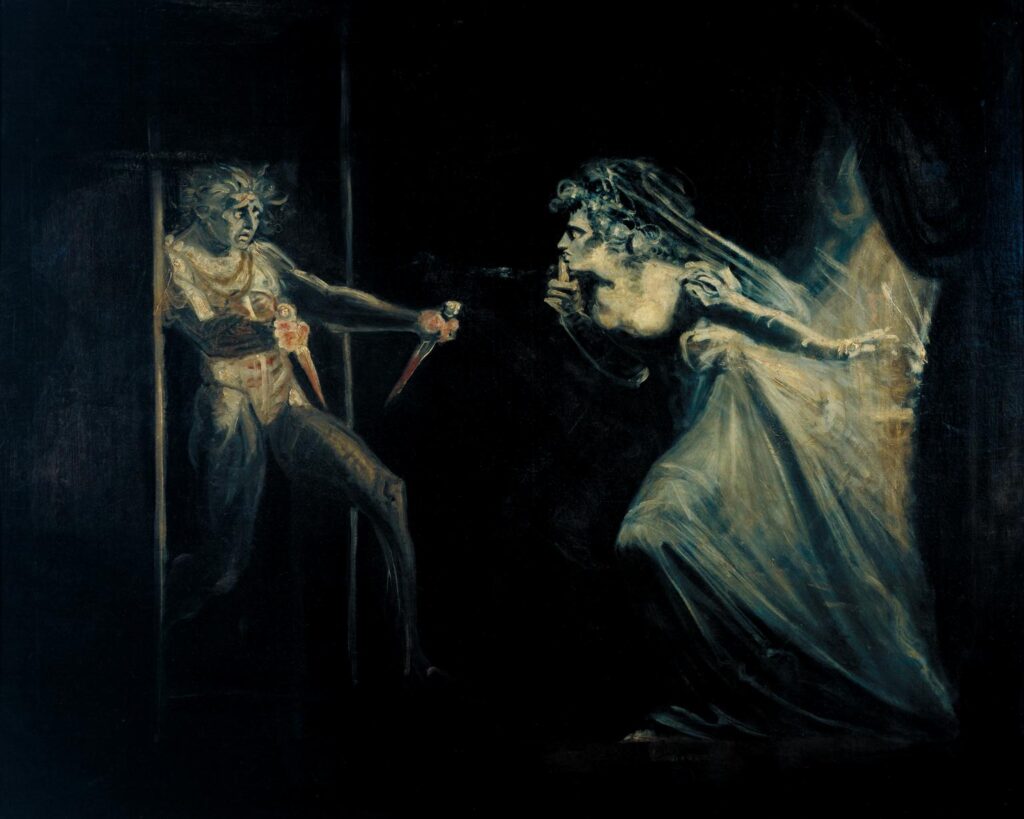
Also read:
The Realisation of Beauty
Kalidasa has excelled in depicting the beauties of form. Shakespeare sought not beauty but the wide surge of vital truths. Petrarch abounds in the beauty of form. He created more and yet more beauty of form. But Dante is to be appreciated rather through the poetic truths that stood out as unmoving rocks, the tremendous energy petrified as it were in the form.
Our Indian poet Vidyapati was mad after the beauty of form. He expressed the pangs of his heart thus: “Since my birth I have been seeing beauty after beauty, yet my eyes are not satiated.”
Chandidas seeks the quintessential substance (rasa). His heart is dipped in this soul-sap. The form given to beauty is therefore somewhat less impressive in him – he evokes more the being and less the becoming (speaking metaphysically).
Rasa and rupa are however in the end the two wings of poetic beauty, and the perfect poetic beauty marries the two in an indivisible unity – although actually that is a rare phenomenon.
* “Attachez Dieu au gibet, vous avez la croix.” – Victor Hugo
~ Design: Beloo Mehra

